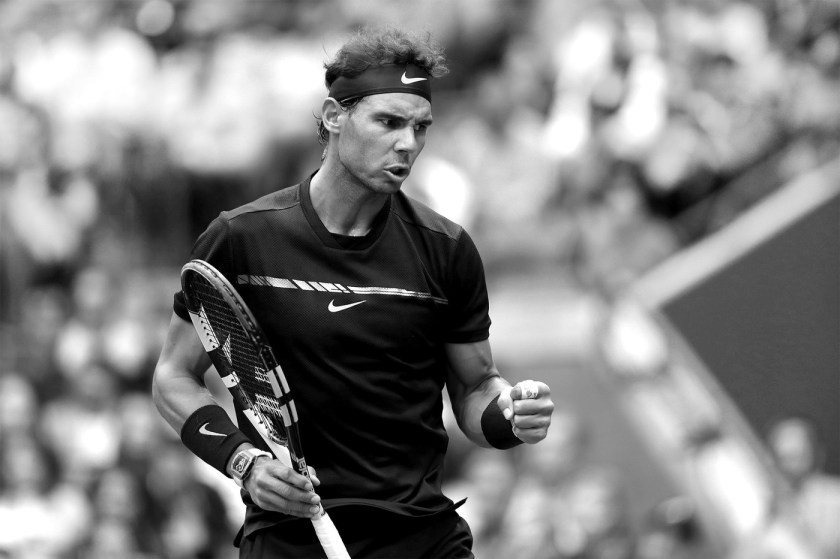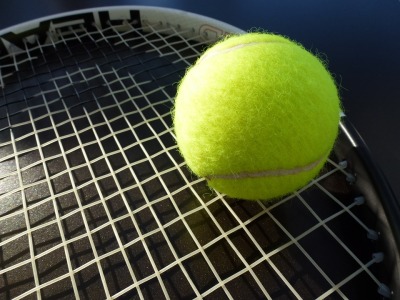The thing with draws is that they don’t give choices to a player. They may be easy as they could be difficult, but irrespective of how they have been laid out – a player has to play through them. The argument that Rafael Nadal won his 16th Grand Slam title at the US Open on Sunday without having to face any top-20 player, then, seems like sour grapes. More importantly, it’s also beside the point.
If we were to calculate the metrics of easiness and difficulty, by no means did Nadal have it all put together in the initial rounds in Flushing Meadows. He trailed by a set against Taro Daniel and Leonardo Mayer in the second and third rounds respectively, before winning in four sets. Collecting ample free points off Alexandr Dolgopolov and Andrey Rublev in the pre-quarters and quarters respectively ensured he reached the semi-finals – as befitting his ranking and seeding as the world’s best player.
But, then, he struggled yet again in the penultimate round against Juan Martin del Potro – and his Thor-like forehand, which gained renewed fan-following – before picking himself up to win yet another four-setter.
Looking back, it was as if Nadal was trying to belie the point that however it may have seemed to the world watching, he didn’t exactly coast through the fortnight. And that he, too, had to go through the gamut of playing tough matches even when the opponent facing him was unseeded in the draw. The downside to Nadal not winning in straight sets was that he was scrutinised – and labelled – as being only a clay courter all over again.

But, could one have it both ways? To fault Nadal for being placed in the draw as he was, only to cast scepticism of his calibre as a player because the set-wise duration of some of his matches were lengthier than the hypothetical expectations?
Nadal ending the tournament in the way he did against Kevin Anderson in the final was his way of settling the debate with finality, albeit with a contrarian flourish.
Let alone concede a set, the Spaniard didn’t face a break point. Nadal made Anderson work harder to score points even as he broke down his game methodically – standing farther back behind the baseline to give himself room to return the South African’s huge and lofty serves, only to make opportune approaches towards the net or to even step inside the baseline to take a shot early and take time away from Anderson.
Nadal’s tactics paid off in spades. He won twice as many points on return as Anderson did and won the entirety of the 16 points he played coming into the net. And, when not hitting outright winners off his angled shots when taking the ball early, he drew out the errors from his fellow 31-year-old who started second-guessing his own strategy as he lagged behind by two-sets-to-love.
Regardless of the obviousness of his evolution as a player – across each playing surface – through the years, Nadal committing to alter his game-plan as needed against Anderson was reinforcing as to how far he has had come along. Not just on the Tour, but also in the years spanning his first US Open title – 2010 – and his third, seven seasons later. And, from the start of the year until now.
His 2017 began by reaching the Australian Open final, moved on to a sweep through the clay season culminating with la Decima and it has now had him win his second Major to wrap up the year. As much as he has had looked to bide his time in between each of these milestones, the Mallorcan has also correspondingly peaked which has had him re-attain the top of the ranking, years removed from when he last held it.
If this is what comes of being a clay-courter, then, might as well that every other player starts to aspire being a clay-court specialist like Rafael Nadal, the multiple-time Grand Slam champion.


I was really impressed by Rafa’s play at the net. And you’re right, everyone laughed at him returning serve from so far behind the baseline, but it worked.
I enjoyed your take on it as well. You’re right; if this is what it means to be a clay court specialist, then all tennis players should aspire to be one.
LikeLike
I noticed that everyone is a critic when it comes to Rafa. The man’s meticulous, though. Have to give him credit for it. Moreover, one can’t call him a clay courter when he reached the AO final, which was faster surface. One can’t have it two ways.
LikeLike
Reblogged this on emmasrandomthoughts and commented:
Excellent thoughts about the US Open this year.
LikeLike
Thanks!
LikeLike